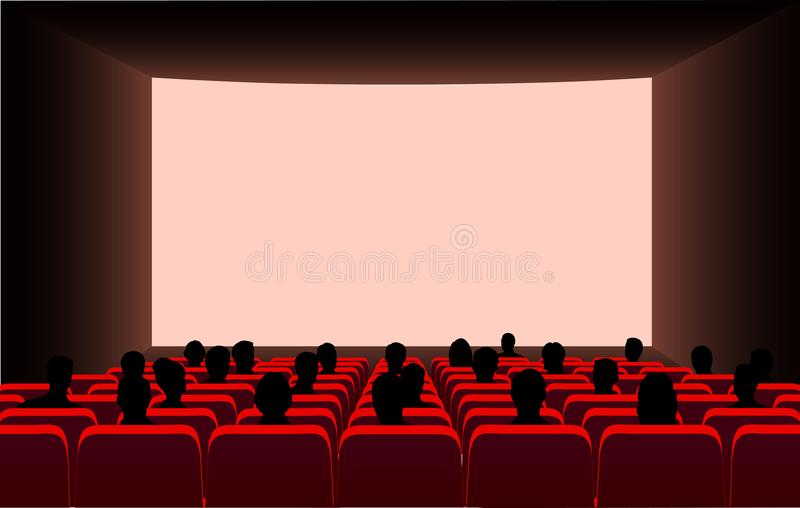The cathode ray tube (CRT) iptv premium became the popular choice in the yesteryear’s mainly because of its low cost. The technology is based on vacuum tube and beam of electrons which produces images. But despite the cost advantage consumers found two main drawbacks in the product. It is bulky and will occupy more space. Enormous power consumption is another handicap. Liquid crystal display television on the other hand is a thin and sleek product and it is energy efficient.
The flat panel television offered super picture quality. The technology is different from that of CRT. It involves pixels filled with liquid crystals which are suitably arranged with fluorescent backlighting to regulate the display. Because of the qualitative superiority it commands, LCD became the most favourite choice of the consumers. CRT models are being replaced by new LCD versions. But after 1964 another flat panel television reached the markets challenging the upsurge of LCD. Unlike CRT, plasma could effectively challenge the LCD due to the equally superb display as well as certain other characteristics.
It is quite natural that when two equally popular products enter the markets, consumers compare both in terms of quality and price. In a bitter competition to capture substantial market share LCD has an edge over plasma due to various reasons. LCD televisions are available in small sizes which suit the consumers with shoestring budgets. It starts from10 inches and above and LCD technology is acknowledged as the best when it comes to small size screens. Plasma screens suffer from burn-in problems causing negative impacts on its market fortunes and thereby benefiting LCD. The lifespan of LCD television is much longer than other types. As already mentioned energy efficiency is a major positive factor that contributed to the popularity of LCD. Further it is considered as the best option in high altitude stations.
Some of the latest products in the market are capable of proving the superiority of LCD television. Philips 46PFL9704H/12 is an HD-Ready LCD television with LED (Light Emitting Diode) backlighting, which enhances its contrast ratio to 5000000:1. The display resolution is 1920 x 1080p which is an absolute requirement of high definition display.
Innovative technologies have helped this product to maintain superior brightness as well as best sound quality. Samsung also have introduced their new product LE32B652 LCD TV with a superb 100Hz frame rate eliminating motion blurs. Featured with 4HDMI and USB 2.0 port, this is also a DLNA certified product. Sony Bravia KDL-32E5520 is another HD-Ready LCD television equipped with 4HDMI connectivity and 100Hz frame rate. This also featured 1920 x 1080p resolution with contrast ratio of 80000:1. Apart from the above products Panasonic, LG, Toshiba and Sharp have also their masterpieces in the market. The modern LCD televisions are well known for their superiority in respect of black levels, Colour saturation, brightness, response time and viewing angle. No doubt they have superiority in their technical aspects and aesthetic designs.
Consumers have to decide about the size of the television as well as other specifics before shopping for them. Budget is very important issue because LCD television is an expensive device. There are special websites dealing with LCD televisions. It is better to visit such websites to gather valuable information about many a branded product available in the markets. Even though the technology adopted in the LCD television is identical, each brand will have certain unique features. Knowing about such special features and their benefits can be handy for the shoppers in choosing the right product.


